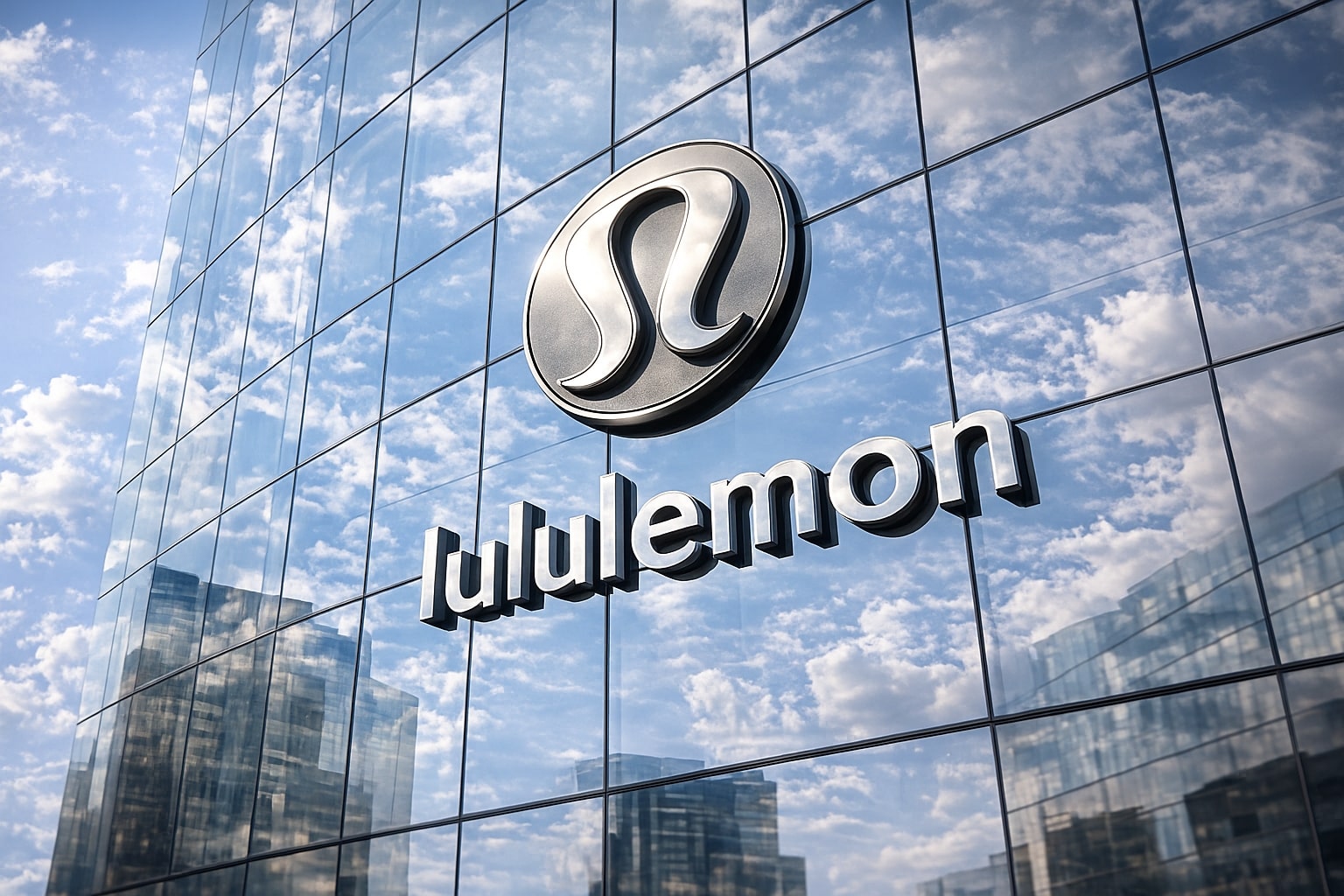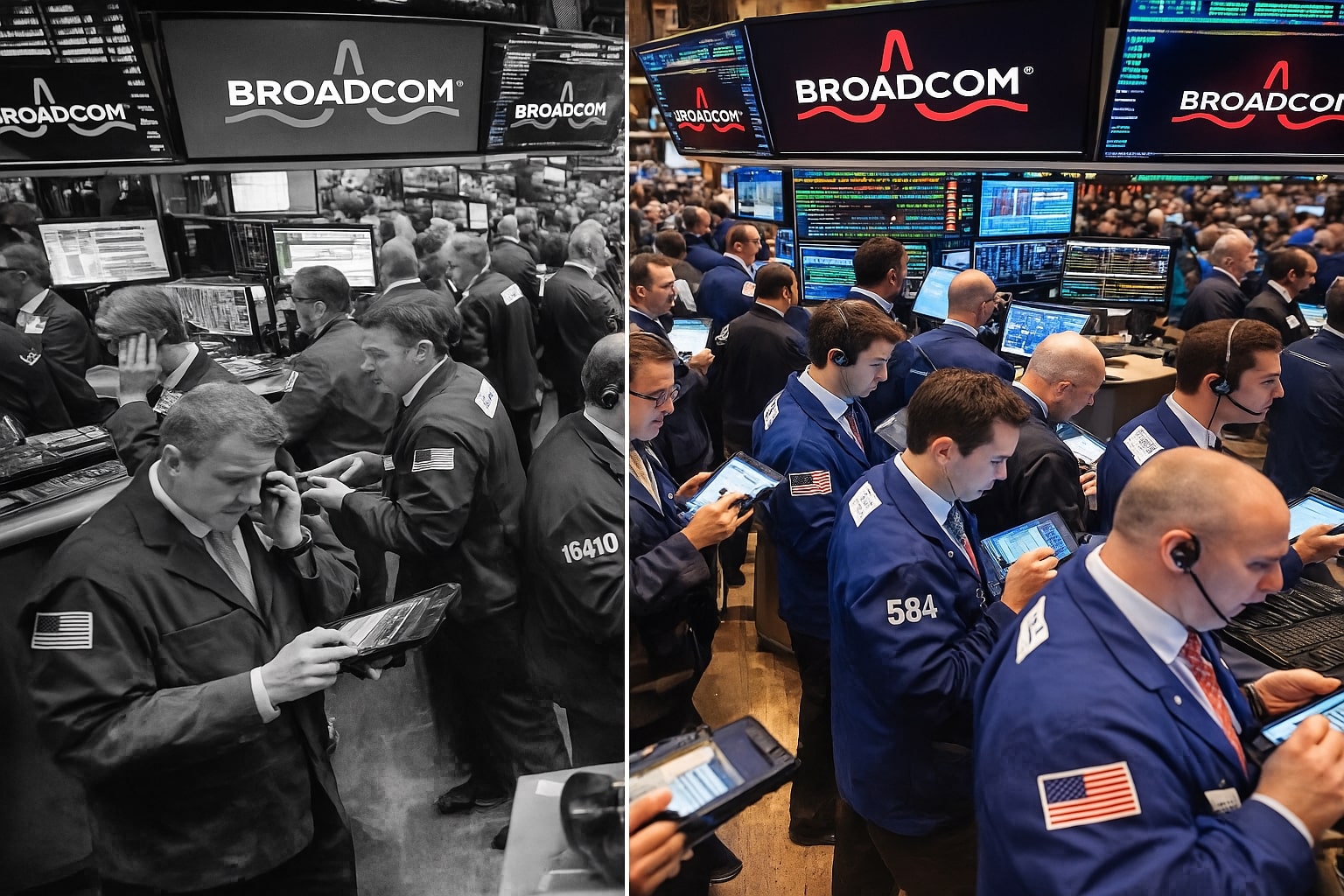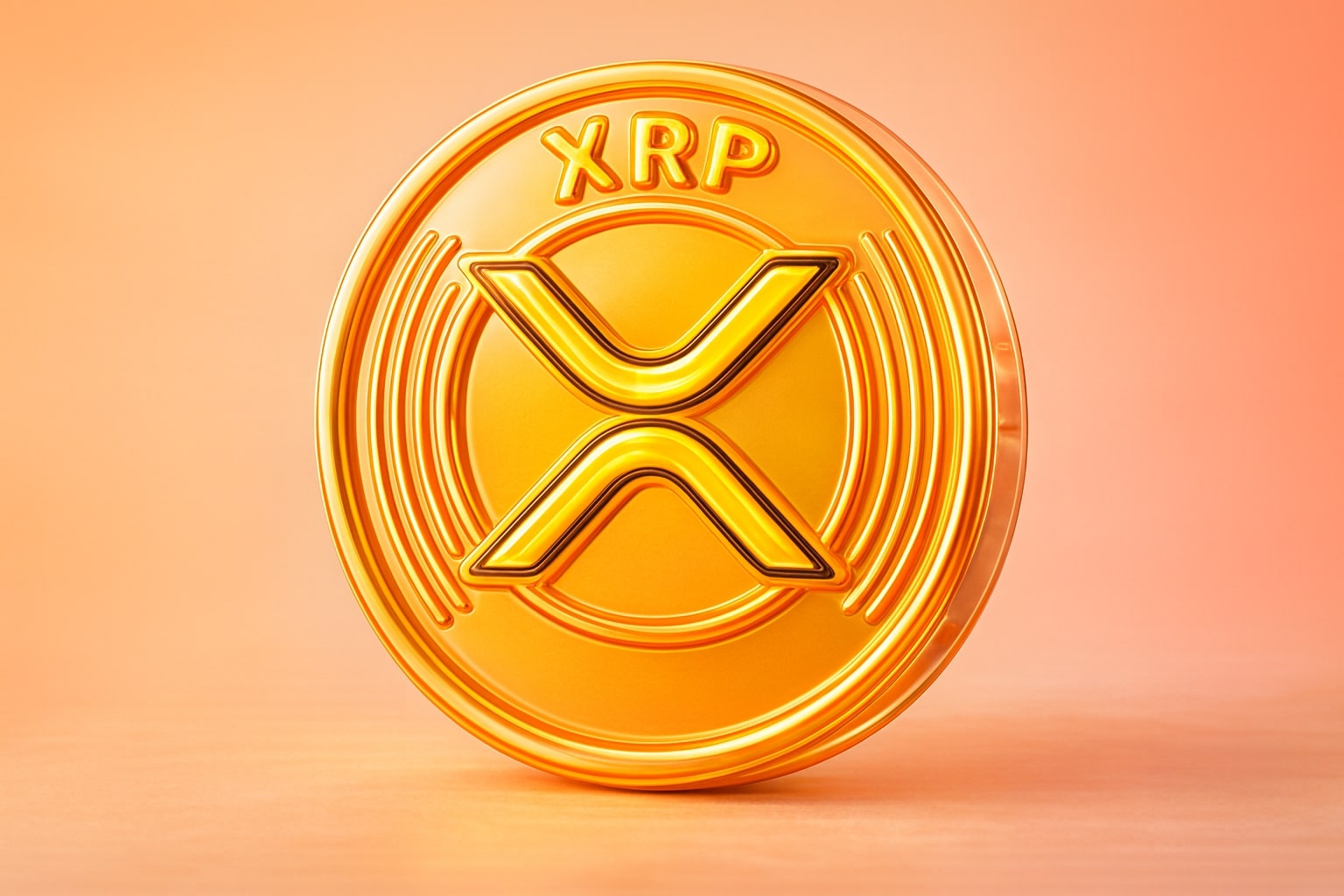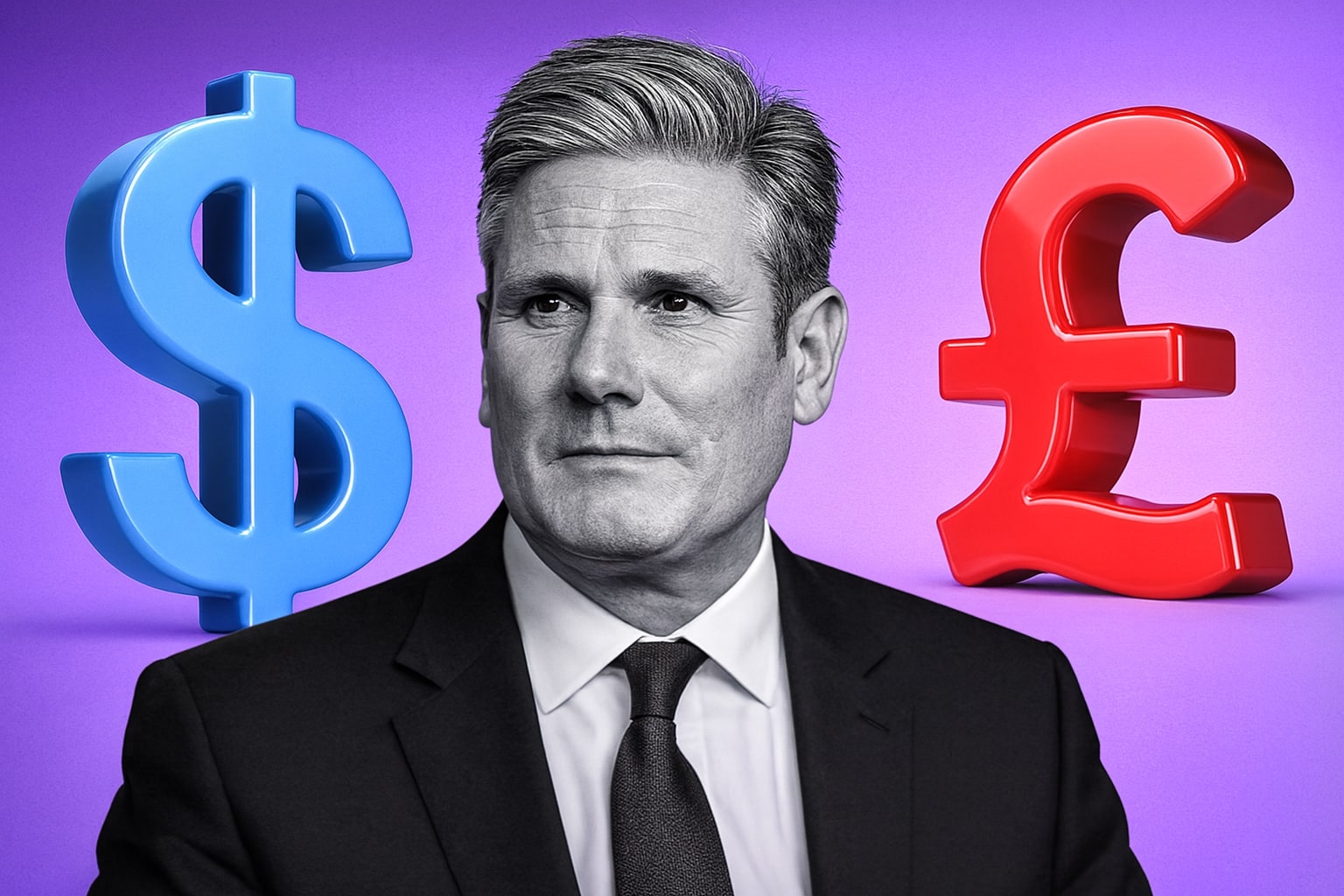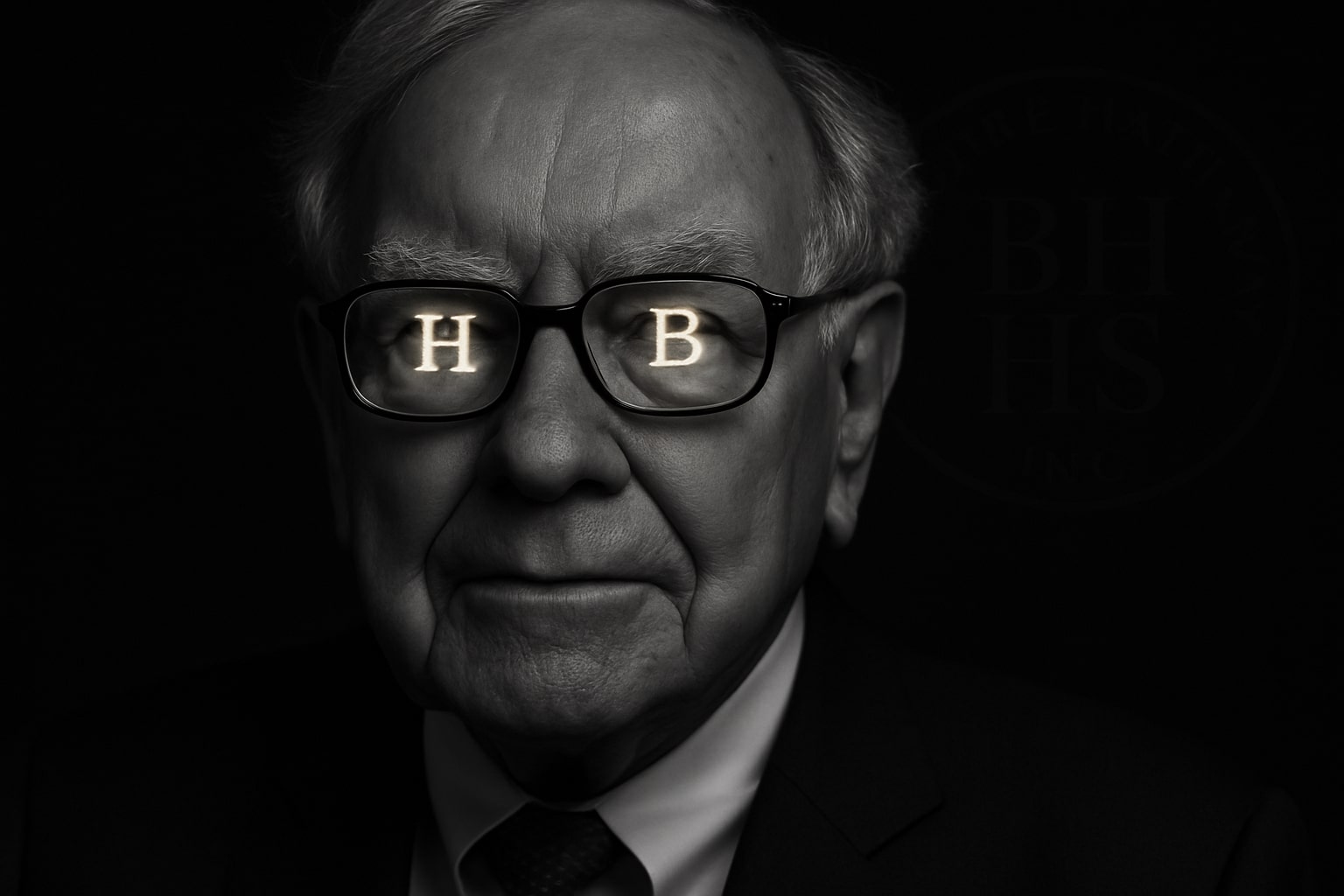
Berkshire Hathaway Stock Price Slips to $475 as Buffett’s Exit and Record $381.7B Cash Reserve Dominate Investor Focus
Berkshire Hathaway’s (NYSE:BRK.B) shares eased to $475.68 after Q3 results showed $13.5B in operating profit and an all-time-high $381.7B in cash, with no buybacks and a possible trim of its Apple (AAPL) stake | That's TradingNEWS
Berkshire Hathaway (NYSE:BRK.B) Slides to $475 After Q3 Earnings as Record $381.7B Cash Pile Raises Strategic Questions
Berkshire Hathaway (NYSE:BRK.B) trades at $475.68, down 0.41%, following its third-quarter earnings, which revealed a new record cash reserve of $381.7 billion, sparking debate among investors about capital deployment and post-Buffett leadership. Operating earnings surged to $13.5 billion, up from $10.1 billion a year earlier and $11.2 billion in the prior quarter, driven by robust insurance underwriting and utilities and energy operations. However, investors reacted cautiously as the company again opted against share buybacks despite the valuation returning to its 10-year average and BRK.B trailing the S&P 500’s 16.3% gain with a 6.1% rise year-to-date.
Record Cash Hoard and Capital Discipline Define Berkshire’s Strategy
The company’s massive liquidity position — equivalent to nearly $380 billion in Treasuries and cash equivalents — underscores Warren Buffett’s conservative stance amid what he deems an overheated market. This unprecedented cash pile, up from $344.1 billion in Q2, reinforces the view that Berkshire is accumulating “dry powder” ahead of a major acquisition cycle. Analysts argue that the absence of buybacks since mid-2024 and limited deployment even after the $9.7 billion acquisition of Occidental’s (NYSE:OXY) OxyChem reflect Buffett’s belief that valuations remain stretched. While the OxyChem purchase marked Berkshire’s largest transaction in three years, it barely dented the balance sheet, leaving investors calling for more aggressive use of capital.
Insurance and Manufacturing Units Anchor Q3 Performance
Insurance operations again led Berkshire’s profitability, with GEICO’s 5.3% premium growth offset by 40% higher underwriting expenses. Despite these cost pressures, underwriting income rose sharply, confirming efficiency gains in risk pricing and claim reduction. Manufacturing and utility businesses also contributed to strength, particularly Precision Castparts in aerospace components and Berkshire Hathaway Energy (BHE), which benefited from higher electricity demand and stable fuel costs. CFRA’s Catherine Seifert noted that the insurance margin expansion remains “solid but not sustainable long-term” as catastrophe claims normalize.
Leadership Transition: Buffett’s Exit and Greg Abel’s Capital Allocation Challenge
The market is bracing for a monumental shift as Warren Buffett, age 95, prepares to step down as CEO by year-end, handing control to Vice Chair Greg Abel. The transition has reduced what analysts call the “Buffett premium” — the valuation cushion long embedded in Berkshire’s shares due to investor faith in his stewardship. Analysts see a test ahead for Abel’s ability to deploy cash effectively across Berkshire’s $1.03 trillion market cap empire spanning insurance, rail, utilities, manufacturing, and equity holdings. The shift in tone was evident after Buffett refrained from repurchasing shares even as BRK.B’s forward P/E of 22x hovered near its historical average. Investors now await whether Abel maintains the cautious posture or deploys cash into undervalued sectors as global rates decline.
Apple Stake Speculation and Portfolio Rebalancing
Uncertainty around Berkshire’s Apple (NASDAQ:AAPL) position further pressured sentiment. The cost basis of Berkshire’s consumer products equity holdings fell by $1.2 billion from Q2 to Q3 — a category dominated by Apple’s 280 million shares valued at $75.18 billion, representing 24% of Berkshire’s total equity portfolio. While official confirmation awaits the mid-November 13F filing, markets suspect minor trimming to lock in partial gains after Apple’s rally to above $200 per share. Some analysts argue Buffett may have lightened exposure as concentration risk in Apple overshadowed diversification, while others interpret it as tactical, preparing liquidity for future acquisitions.
Operating Strength and Earnings Uptrend Confirm Structural Stability
Despite leadership transition jitters, Berkshire’s operating EPS trajectory remains robust, growing 34% year-over-year. Insurance and energy segments offset lower investment income and railroad weakness, while the Precision Castparts unit and BNSF Railway continued to stabilize margins. Analyst Meyer Shields of KBW raised his 2025 EPS (A-shares) estimate to $32,920 from $31,750, and 2026 EPS to $32,280, reflecting sustained earnings momentum. However, he lowered 2027 EPS expectations slightly to $33,620, factoring in normalization in underwriting income and lower interest yields as rate cuts materialize through 2026.
Valuation and Technicals Signal Reaccumulation Zone
From a technical standpoint, BRK.B finds strong support near $470, aligning with its 200-day moving average, and resistance near $490–$495, where selling pressure has capped recent rallies. The relative strength index (RSI) hovers around 49, reflecting a neutral setup after months of consolidation. Historically, Berkshire’s share price has rebounded strongly when testing long-term moving averages — a pattern seen twice in the past decade. Institutional sentiment remains positive, supported by the Quant rating of 4.77 (Strong Buy) and Wall Street consensus at Buy (3.5 rating), signaling confidence in long-term fundamentals despite short-term underperformance.
Cash Yield, Treasuries, and Market Timing Strategy
Berkshire’s Treasury-heavy holdings are yielding between 5.1–5.3%, generating billions in low-risk income while maintaining optionality for future market dislocations. Buffett’s preference for patience echoes his long-standing strategy of waiting for “fat pitches” — opportunities where intrinsic value far exceeds market price. With the Buffett Indicator showing U.S. equities near record overvaluation, the decision to hold cash rather than buy back shares underscores Berkshire’s caution toward macro exuberance and inflated asset prices.
Read More
-
Palantir Stock Price Forecast - Can a $440B AI Defense Powerhouse Grow Into Its $184.74 Price?
16.12.2025 · TradingNEWS ArchiveStocks
-
XRP Price Forecast - XRP-USD Drops to $1.87 as Whale Dumps $721M While XRP ETFs Quietly Cross $1B
16.12.2025 · TradingNEWS ArchiveCrypto
-
Oil Price Forecast - Oil Slide Hard; WTI CL=F Near $55, Brent BZ=F Below $60 as Market Bets on 2026 Supply Glut
16.12.2025 · TradingNEWS ArchiveCommodities
-
Stock Market Today: Dow (^DJI) 48,404 And S&P 500 (^GSPC) 6,812 Slip As Jobs Hit +64K And AVGO Sells Off
16.12.2025 · TradingNEWS ArchiveMarkets
-
GBP/USD Price Forecast - Pairs at 1.34 as Weak U.S. Jobs Data Clash with BoE Cut Bets into Year-End
16.12.2025 · TradingNEWS ArchiveForex
Buffett’s Legacy and Structural Advantage Beyond Leadership
Despite the psychological impact of Buffett’s retirement, Berkshire remains one of the most diversified and financially fortified entities globally. The conglomerate’s $313 billion equities portfolio, spread across technology, industrials, financials, and energy, provides balanced exposure across cyclical and defensive sectors. The insurance float, estimated at $164 billion, continues to fund investments without diluting shareholder equity. Analysts expect Abel to continue the conservative allocation strategy, emphasizing balance sheet flexibility over aggressive buybacks or high-yield plays.
Comparative Underperformance vs. S&P 500 and Gold
Berkshire’s 6.1% YTD gain contrasts with the S&P 500’s 16.3% and gold’s 18% rise, raising debate over opportunity cost. However, the company’s stable return profile and defensive positioning make it a long-term compounder rather than a cyclical outperformer. Historically, Berkshire tends to outperform during market drawdowns, as seen in 2008 and 2020, when liquidity and insurance underwriting strength offset equity volatility.
Investor Sentiment: Analysts Split Between Patience and Profit-Taking
Analyst sentiment remains divided. Edward Jones’ James Shanahan maintains a Buy rating, citing improved insurance results and Precision Castparts’ aerospace recovery, while KBW’s Meyer Shields keeps an Underperform stance, arguing the absence of buybacks limits upside near term. CFRA remains Hold, awaiting clarity on Greg Abel’s capital deployment strategy post-transition. The consensus underscores a pause in investor confidence, not a structural decline.
Strategic Outlook: Liquidity and Opportunity Timing Shape 2026 Path
Berkshire’s next growth phase depends on deploying its $381.7 billion war chest efficiently. The lack of share repurchases could prove prescient if equity valuations correct in 2026, offering opportunities to acquire distressed assets at scale. With rate cuts expected to compress Treasury yields, reallocation toward equities or buybacks could unlock shareholder value. The forward EPS multiple near 22x is within fair value range, positioning BRK.B as a defensive yet opportunistic play ahead of a potentially volatile 2026 macro cycle.
Verdict: HOLD – Neutral Bias with Long-Term Bullish Foundation
Based on earnings strength, liquidity, and transition dynamics, Berkshire Hathaway (NYSE:BRK.B) warrants a HOLD rating. The short-term bias remains neutral due to valuation parity and leadership transition uncertainty, but the long-term foundation stays bullish, underpinned by a record cash position, consistent profitability, and a durable business mix. Support near $470 and breakout potential above $495 define the next technical range, while post-Buffett strategy execution by Greg Abel will determine whether BRK.B retests its $500+ highs in early 2026.
Real-Time Chart: Berkshire Hathaway (NYSE:BRK.B)















